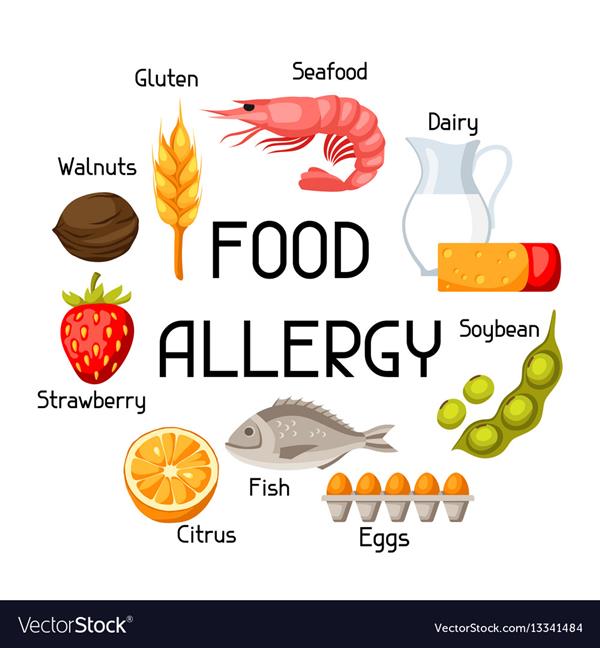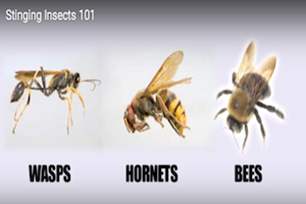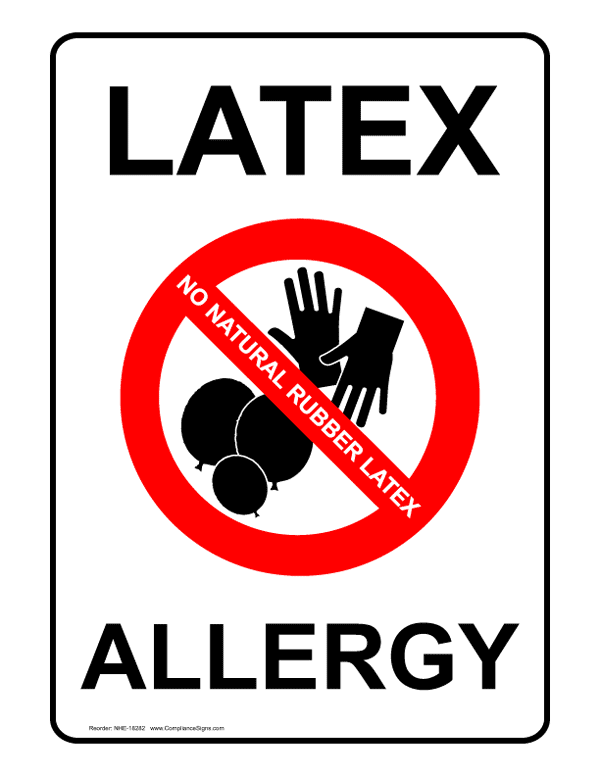Health Services
Page Navigation
- Overview
- Health Services Staff Directory
- Medical Referral List
- Health Requirements
- Sports Physicals
- Health Forms
- Diabetes Policy
- Head Lice Information
- Seasonal Flu & H1N1 (Swine Flu)
- Resource Guide for Supporting Students with Life Threatening Allergies
- Epinephrine Auto-Injectors
- Helpful Links
- For Healthcare and Social Work Providers
- Immunization Statistics
- School Wellness Policy



Epinephrine Auto-Injectors
-
Anaphylaxis Undesignated Epinephrine Auto-Injectors
Anaphylaxis occurs when the body’s immune system is triggered by something harmful and reacts. Your immune system tries to remove or isolate the trigger. The result are symptoms such as vomiting, swelling, hives, coughing, itchy mouth or throat, or difficulty breathing. The most common triggers of anaphylaxis are allergens. Medicines, foods, insect stings and bites, and latex are the most common causes of severe allergic reactions.
- Medicines- Common culprits are penicillin and other antibiotics, aspirin and aspirin-related products, and insulin.
- Foods- Common food allergies are peanuts, tree nuts, shellfish, fish, milk, eggs, soy, and wheat. In children, the most common food allergies are milk, eggs, peanuts, soy, and wheat. In adults, the most common food allergies are shellfish, tree nuts, and peanuts.
- Insect stings and bites-Stinging insects such as bees, wasps, hornets, yellow jackets, and fire ants can cause anaphylaxis. Certain tick bites can cause a person to develop severe allergic reactions to meat. Bites from the "kissing bug" and deer fly also cause a local allergic reaction.
- Latex-Natural rubber latex may cause a mild skin irritation, or it can trigger a severe allergic reaction. Direct contact with latex items (latex gloves, condoms, and balloons) can cause a reaction. Inhaling small latex particles that have become airborne can trigger latex allergy. Putting on and removing latex gloves can release small latex particles into the air.
- Physical activity-Exercise-induced anaphylaxis is a rare allergic reaction that occurs after vigorous physical activity. Temperature, seasonal changes, drugs, alcohol, or eating certain foods before exercise may be co-factors. In other words, both exercise another factor have to be present for a person to have the severe allergic reaction.
What is Epinephrine?
Epinephrine (adrenaline), a self-injectable medication, is the first-line treatment for severe or life-threatening allergic reactions (anaphylaxis). Epinephrine is a highly effective medication that can reverse severe symptoms. However, it must be administered promptly during anaphylaxis to be most effective. Delayed use of epinephrine during an anaphylactic reaction has been associated with deaths.
Access to Epinephrine in Schools Public Act 97-0361 allows your child’s school to maintain a supply of emergency epinephrine auto-injectors for students who have forgotten their EpiPen® at home. In addition, a school nurse may administer an EpiPen® to any student suffering from anaphylaxis. If your child does have severe allergies, ask the school to implement an Emergency Action Plan, an Individual Health Care Plan, or a Section 504 Plan. The supply of emergency epinephrine allowed under this Act is not intended to replace epinephrine prescribed to students with known allergies.
Epinephrine auto-injectors will only be available for Kindergarten through Twelfth grade students weighing 33 or more pounds.
If you choose to exclude your child from the use of an epinephrine auto-injector, you must provide in writing your objections to your child’s school.
Notice to parents:
Per Public Act 97-0361, a school district or nonpublic school and its employees and agents, including a physician providing standing protocol or prescription for school epinephrine auto-injectors, are to incur no liability, except for willful and wanton conduct, as a result of any injury arising from the self-administration of medication or use of an epinephrine auto-injector, regardless of whether authorization was given by the pupil’s parents or guardians or by the pupil’s physician, physician’s assistant, or advanced practice registered nurse.

